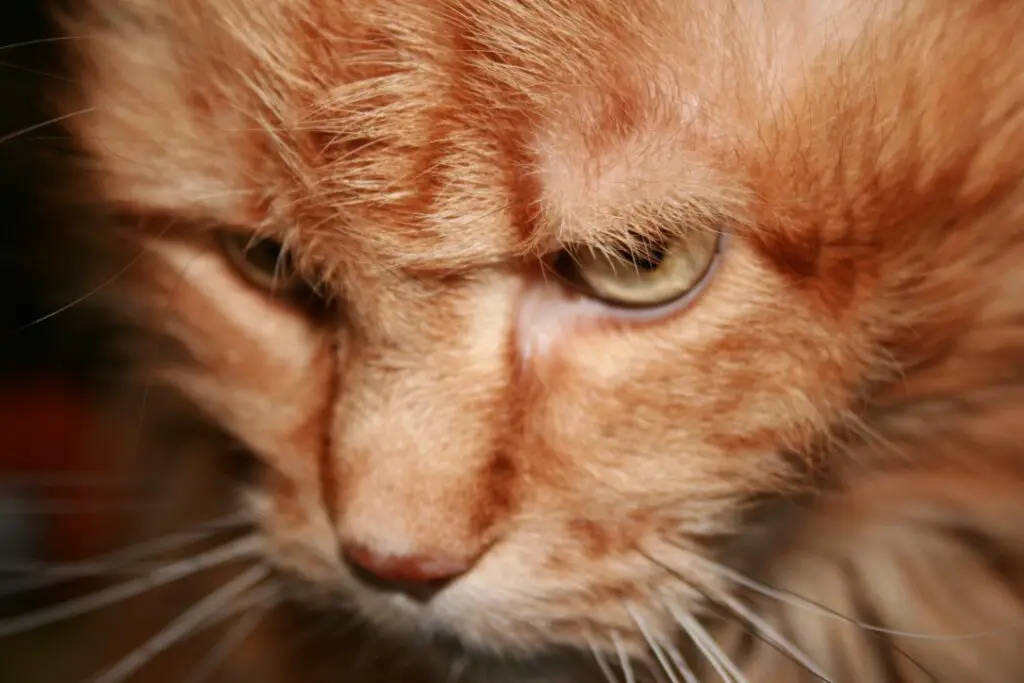The Great Pacific Garbage Patch is a vast area in the Pacific Ocean where currents converge and collect marine debris, primarily plastic waste. This man-made disaster has significant impact on marine ecosystems, wildlife, and potentially human health.

What is the Great Pacific Garbage Patch?
The Great Pacific Garbage Patch (GPGP) is not a solid mass of waste, but a sprawling expanse of floating debris. It’s located between Hawaii and California and is the largest of five such patches in the world’s oceans. The patch is characterized by a higher concentration of plastic debris, chemical sludge, and other trash trapped by the currents of the North Pacific Gyre.
How Big is It?
Estimates of the patch’s size vary due to the difficulty in measuring dispersed and semi-submerged debris. However, it’s believed to cover an area of at least 1.6 million square kilometers (about 618 thousand square miles), roughly three times the size of France. The amount of debris within the patch is equally staggering, with some estimates suggesting it contains more than 1.8 trillion pieces of plastic, weighing approximately 80,000 metric tons.
What Makes Up the Garbage Patch?
The debris in the GPGP consists primarily of large items like fishing nets, buoys, and other marine equipment, as well as millions of microplastics – tiny pieces of broken-down plastic smaller than 5 mm in size. These microplastics are particularly concerning as they are easily ingested by marine life, entering the food chain.
Environmental Impact
The impact of the GPGP is far-reaching. Marine animals, including fish, birds, turtles, and mammals, can become entangled in larger debris or ingest plastic, leading to physical harm, digestive issues, and often death. The presence of plastics in the ocean also affects the health of marine ecosystems, as they can release toxic substances and disrupt the natural balance.
Efforts to Address the Problem
Addressing the GPGP is a complex challenge. Various initiatives have been launched to clean up the patch, such as The Ocean Cleanup, which develops technologies to collect and remove plastic. However, experts emphasize that cleaning is only part of the solution. Reducing plastic production and consumption, improving waste management systems worldwide, and increasing public awareness are crucial steps in preventing the expansion of the garbage patch.
The Great Pacific Garbage Patch is a stark reminder of the environmental impact of human activity, particularly our reliance on disposable plastics. While efforts to clean and contain it are essential, the ultimate solution lies in preventing plastic waste from entering the oceans in the first place. This requires a concerted effort from individuals, corporations, and governments around the world.





